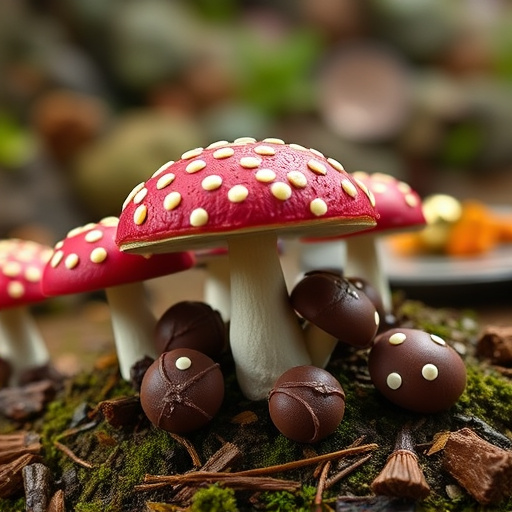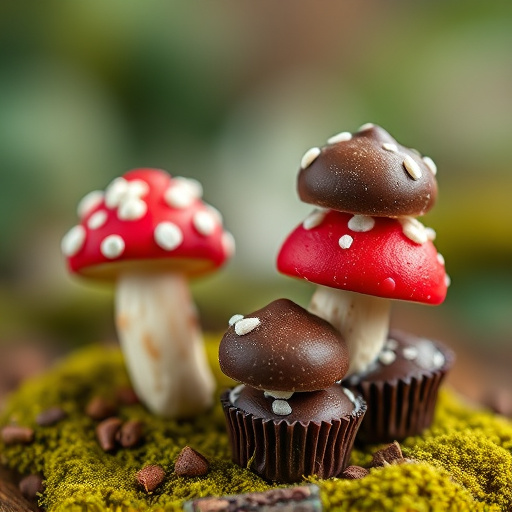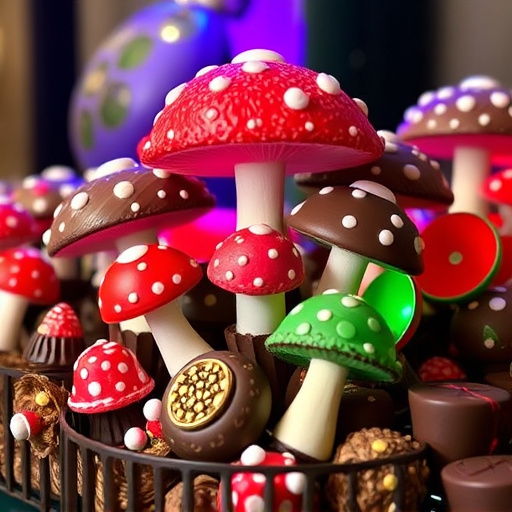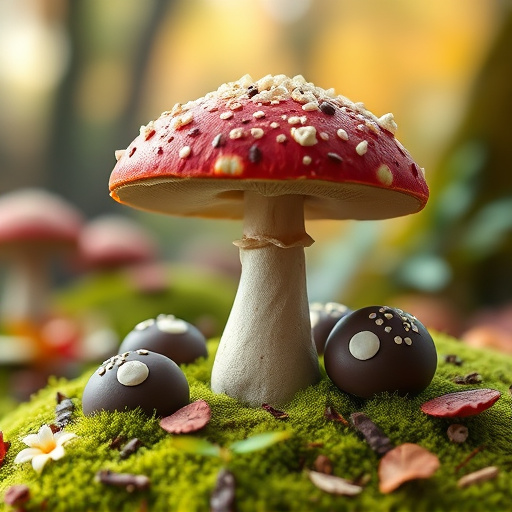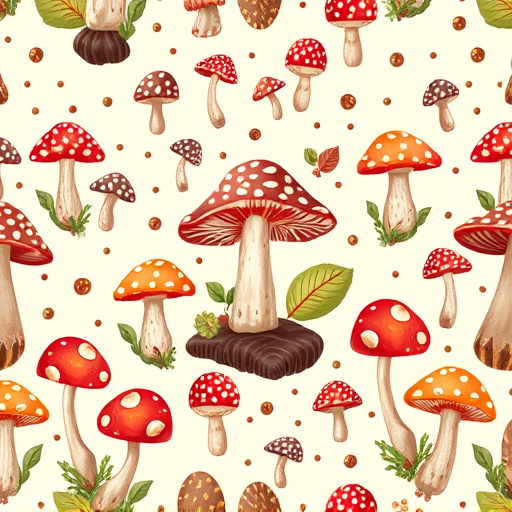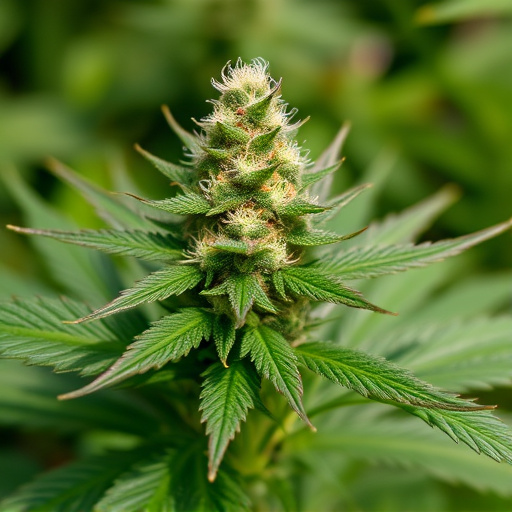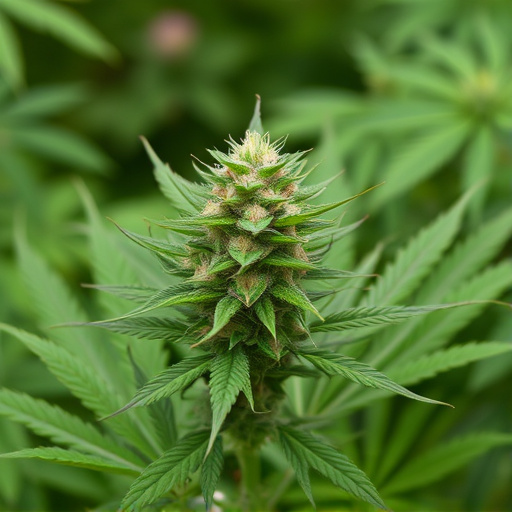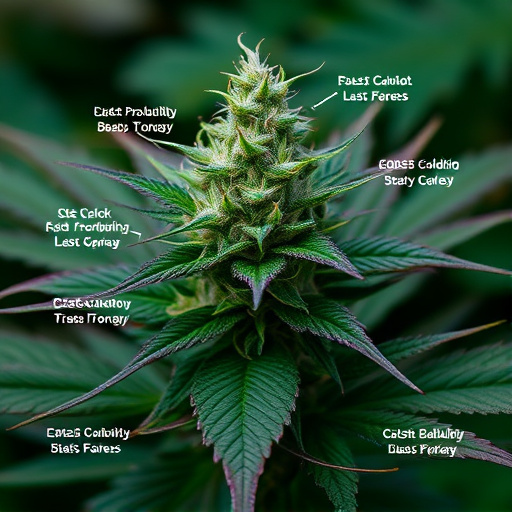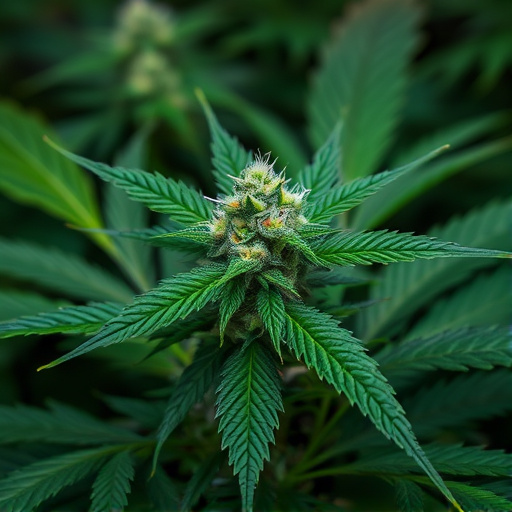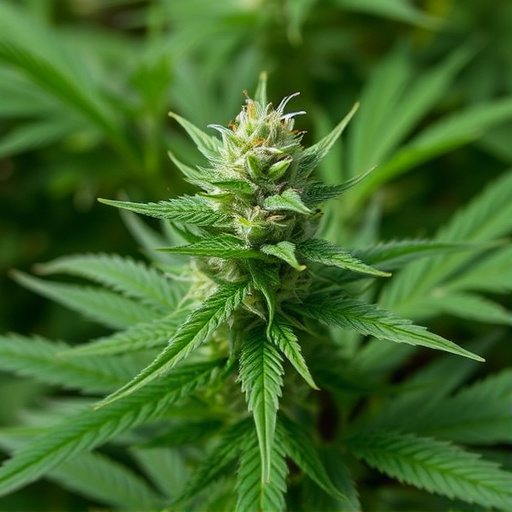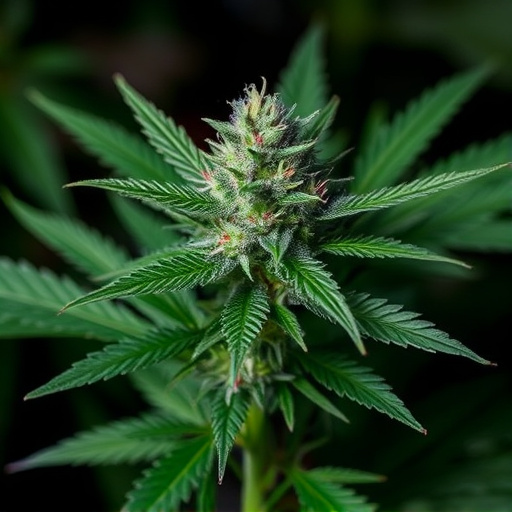Cannabis flower requires careful storage in airtight containers like mason jars or vacuum-sealed bags to preserve quality, potency, aroma, and unique effects (relaxation, creativity, pain relief). Optimal storage conditions are cool (18-21°C/64-70°F), dark, dry with 40-50% relative humidity to prevent mold, bacteria growth and terpene breakdown. Understanding cannabis strains' distinct profiles and their responsible cannabinoids/terpenes allows users to choose tailored strains for desired experiences.
Storing cannabis flower properly is essential to preserve its delicate flavors, aromas, and potent effects. This guide explores how to maintain the quality of your favorite cannabis strains through optimal storage techniques. By understanding the sensitivity of cannabis flowers, you can create the ideal conditions to slow down degradation. Learn about temperature, humidity, light, and air control—the key factors for long-term preservation. Discover practical tips to extend the life of your cherished cannabis strains and ensure consistent effects from harvest to consumption.
- Understanding Cannabis Flower and Its Sensitivity
- The Ideal Storage Conditions for Optimal Preservation
- Tips for Long-Term Cannabis Storage and Maintaining Quality
Understanding Cannabis Flower and Its Sensitivity
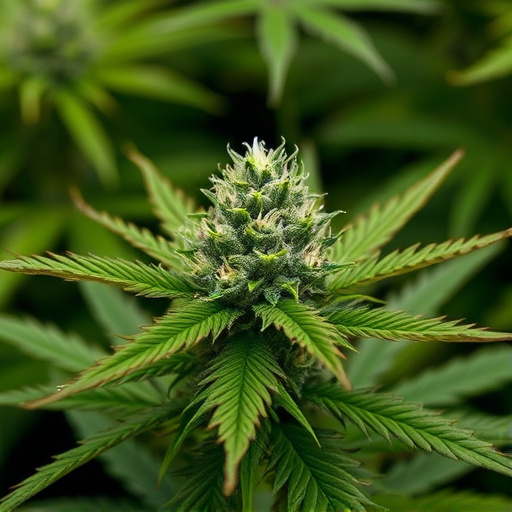
Cannabis flower, with its diverse strains and potent effects, is a delicate substance that requires careful handling and storage to preserve its quality. Understanding the sensitivity of cannabis is crucial in ensuring you get the best experience from your chosen strains. Cannabis flowers are highly susceptible to environmental factors such as light, humidity, and temperature, which can rapidly degrade their potency and flavor. Each strain has unique characteristics, and proper storage methods can help maintain these distinct effects, whether they’re inducing relaxation, enhancing creativity, or providing pain relief.
The way cannabis is stored directly impacts its longevity and potency. Exposure to oxygen, light, and moisture can cause the plant material to oxidize, leading to a loss of aromatic compounds and a diminished high. That’s why many cannabis enthusiasts opt for airtight containers, often called mason jars or vacuum-sealed bags, to keep their flowers fresh for extended periods. By storing cannabis correctly, you can maximize its beneficial effects and enjoy a more consistent experience.
The Ideal Storage Conditions for Optimal Preservation
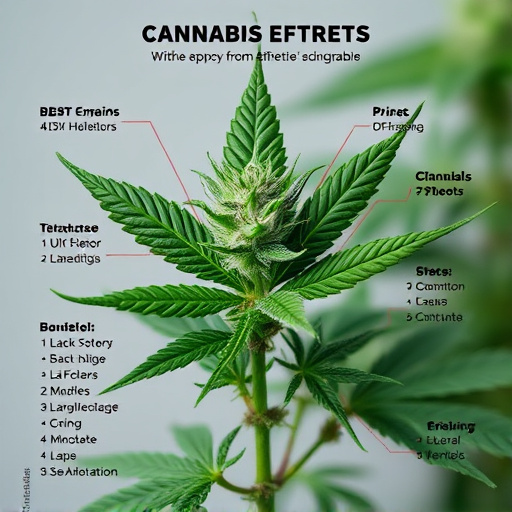
To ensure the optimal preservation of your cannabis flower, storage conditions play a crucial role in maintaining its potency, aroma, and desired effects. The ideal environment should be cool, dark, and dry—a combination that slows down the aging process and prevents degradation. Temperatures between 18-21°C (64-70°F) are considered ideal, as they minimize the growth of mold and bacteria while preserving the cannabis’ delicate compounds, including terpenes responsible for its unique strains and effects.
Humidity is another critical factor. Maintaining relative humidity levels between 40-50% helps prevent the flower from drying out too quickly or becoming overly moist, which can lead to spoilage. Proper storage also involves shielding the cannabis from light, as UV rays can break down cannabinoids, altering both potency and effect. Airtight containers or vacuum-sealed bags in dark, cool spaces are ideal for preserving the integrity of your cannabis strains and ensuring you experience their intended effects when it’s time to enjoy them.
Tips for Long-Term Cannabis Storage and Maintaining Quality
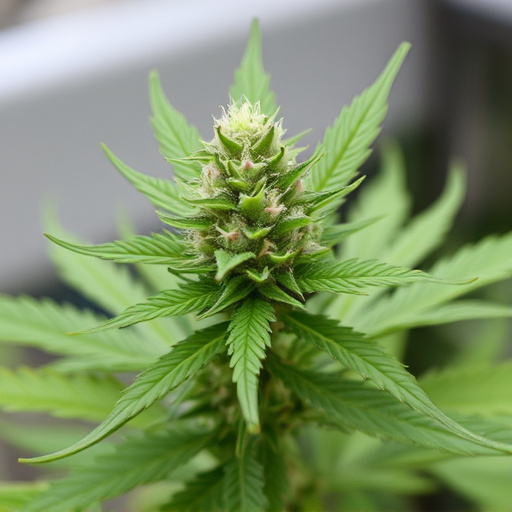
Proper storage is key to preserving the quality and potency of your favorite cannabis strains, ensuring you enjoy their unique effects over an extended period. By understanding the sensitivity of cannabis flower and maintaining ideal storage conditions, including temperature control and humidity levels, you can safeguard the integrity of your product. Following expert tips for long-term storage will help maintain consistency in both taste and effect, allowing you to savor the best of each strain without compromise.

